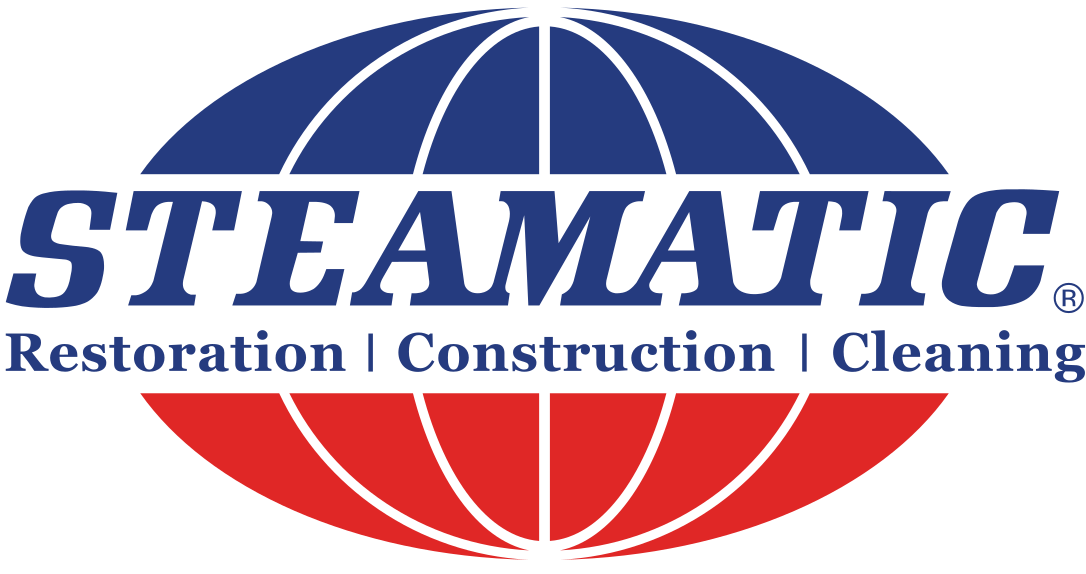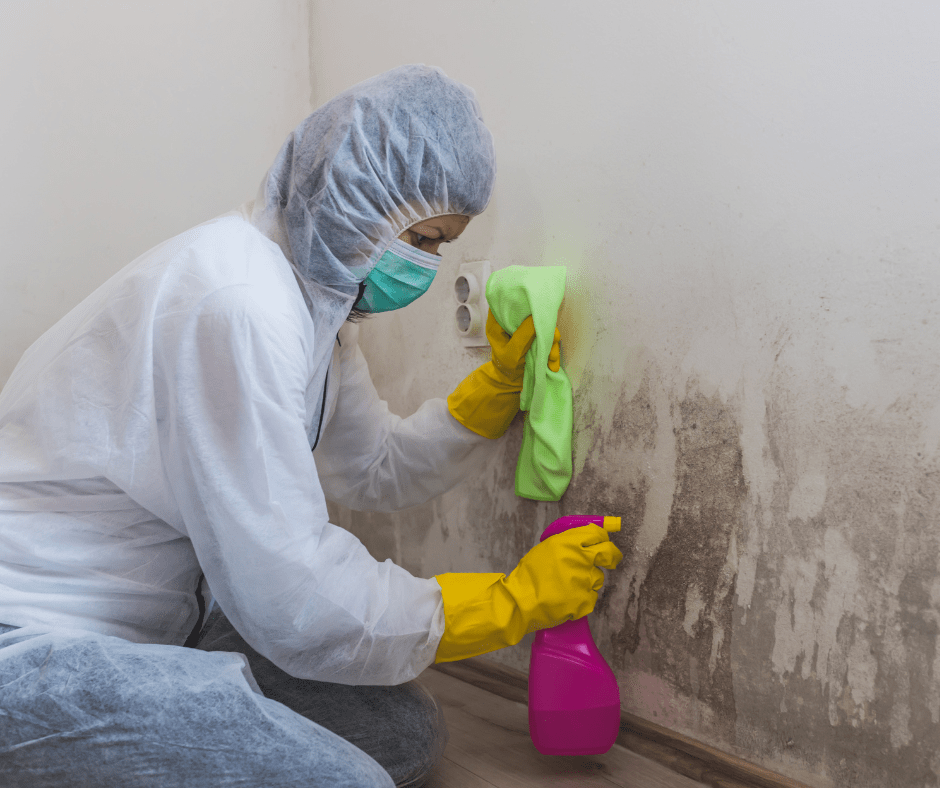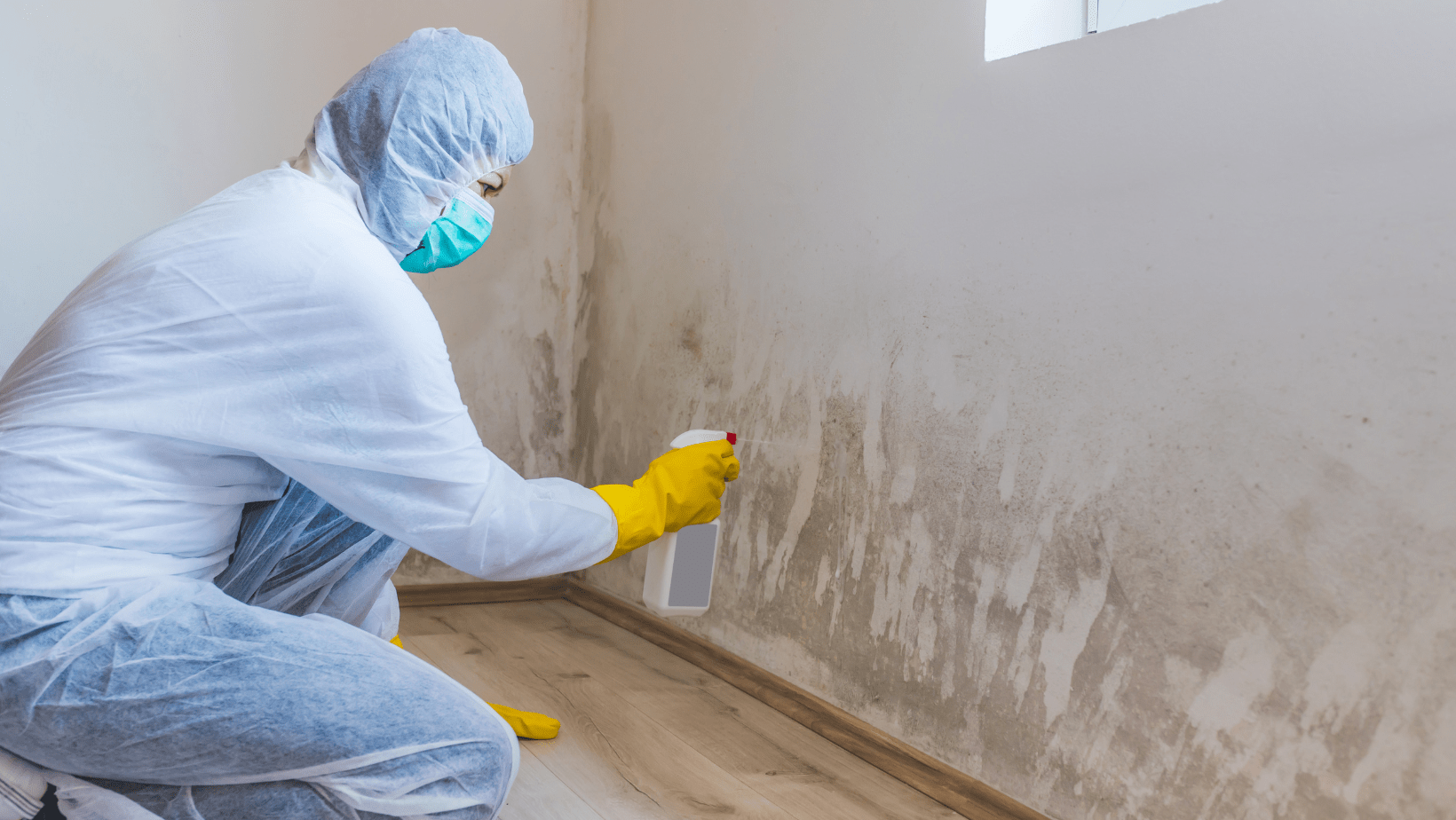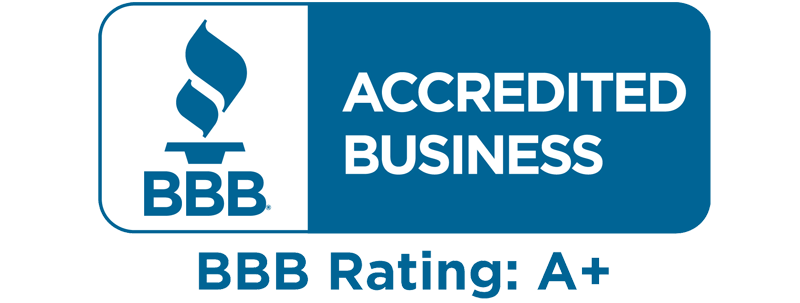Mold remediation, or remedying mold growth in your home, is vital to protect the health of you and your family. If you let mold or mildew fester in your home, it can weaken the structure and cause serious health issues, including allergic reactions and asthma attacks. Luckily, several mold remediation chemicals are available, many of which can be found at big-box stores or online. But the four most commonly used chemicals for treating mold are bleach-based cleaners, antimicrobials, quaternary ammonium compounds, and essential oils.
Keep reading to learn about the chemicals you can use for mold remediation if you live in the Virginia Peninsula.
Bleach-Based
Bleach-based products containing chlorine are a common choice among mold removal chemicals, but they are chemically unstable, acting as oxidizers. Excess organic materials quickly activate these chemicals, so when bleach water contacts a dirty surface, it rapidly loses its ability to break up microorganisms.
Additionally, chlorine derivatives are corrosive to metals and living tissue, meaning you must handle these mold removal chemicals with extreme care. Still, bleach-based chemicals are effective mold killers and carry the added benefit of removing accompanying stains.
Antimicrobials
Antimicrobial chemicals, like hydrogen peroxide, are chemically similar to bleached-based products, and this chemical similarity means hydrogen peroxide also breaks down over time. The primary difference between hydrogen peroxide and bleach-based chemicals for mold remediation is the lack of odor and this ease of chemical decomposition.
Because light accelerates hydrogen peroxide’s breakdown, the chemical can more easily dissipate. Similarly, hydrogen peroxide will turn into water vapor and oxygen as it evaporates because of its chemical makeup, leaving behind less of an odor than chlorine. Conversely, while hydrogen peroxide does have a high mold kill rate, it doesn’t help with the stains mold leaves behind.
Quaternary Ammonium Compounds
Quaternary ammonium compounds, or quats, are popular for mold remediation, as they’re safe and easily adaptable. Additionally, quats are effective on microorganisms, and most formulations are noncorrosive and relatively inexpensive. On the other hand, quats easily bind to organic material, like soap or hard water, so you’ll need to clean and rinse the surfaces you plan to treat with quats thoroughly before using the chemical on mold.
Essential Oils
Essential oils, chemicals extracted from plants with naturally occurring antimicrobial properties, are growing widely in use. These oils are effective disinfectants and can also double as a deodorizer. Still, it’s worth noting that even naturally derived chemicals can be corrosive and harmful to the skin and eyes.
Vinegar, Baking Soda, or Soap and Water
Household products like vinegar, baking soda, and soap and water are effective mold cleaners. They’re safe and cheap but require extensive work to mix and scrub away mold and mildew. Plus, like hydrogen peroxide, they won’t remove mold stains.
Call the Mold Remediation Professionals
If you’re searching for Virginia Peninsula mold remediation services, contact Steamatic VA Peninsula or call 757-585-2600. With over 20 years of industry experience, our experts know how to help you with almost any restoration or cleaning service, including water damage restoration.










